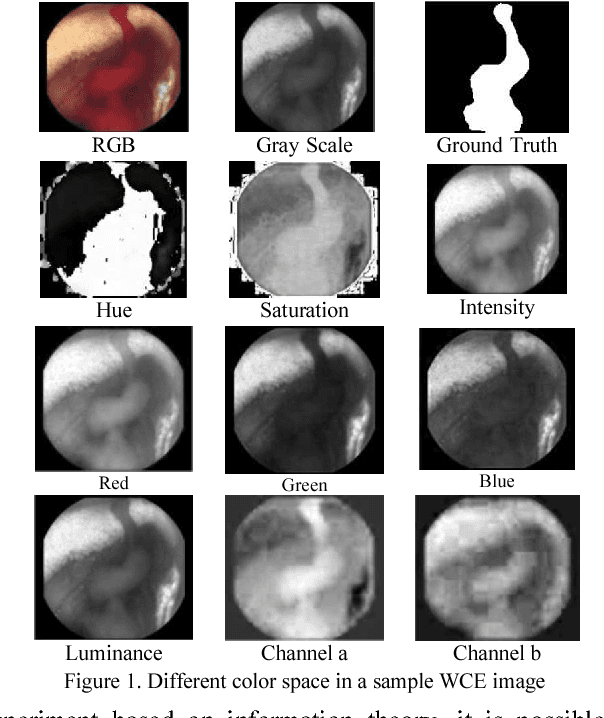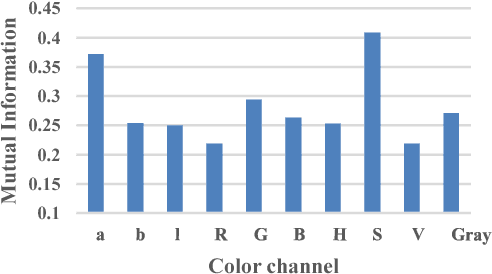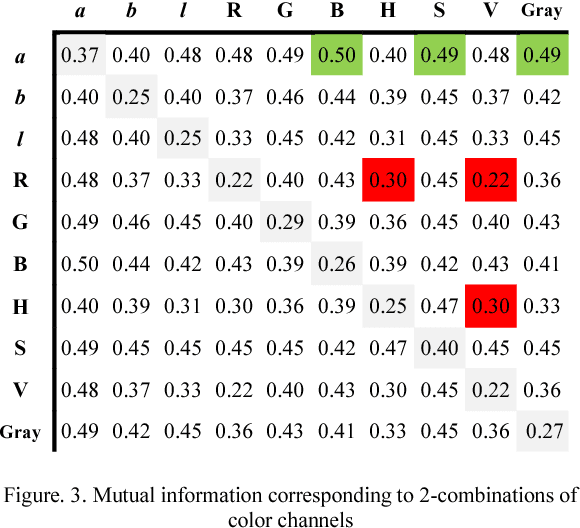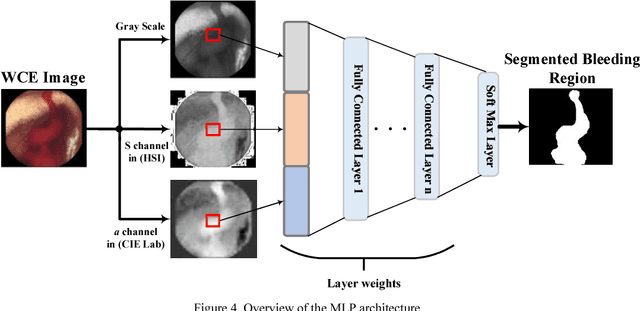Segmentation of Bleeding Regions in Wireless Capsule Endoscopy for Detection of Informative Frames
Paper and Code
Aug 23, 2018



Wireless capsule endoscopy (WCE) is an effective mean for diagnosis of gastrointestinal disorders. Detection of informative scenes in WCE video could reduce the length of transmitted videos and help the diagnosis procedure. In this paper, we investigate the problem of simplification of neural networks for automatic bleeding region detection inside capsule endoscopy device. Suitable color channels are selected as neural networks inputs, and image classification is conducted using a multi-layer perceptron (MLP) and a convolutional neural network (CNN) separately. Both CNN and MLP structures are simplified to reduce the number of computational operations. Performances of two simplified networks are evaluated on a WCE bleeding image dataset using the DICE score. Simulation results show that applying simplification methods on both MLP and CNN structures reduces the number of computational operations significantly with AUC greater than 0.97. Although CNN performs better in comparison with simplified MLP, the simplified MLP segments bleeding regions with a significantly smaller number of computational operations. Concerning the importance of having a simple structure or a more accurate model, each of the designed structures could be selected for inside capsule implementation.
 Add to Chrome
Add to Chrome Add to Firefox
Add to Firefox Add to Edge
Add to Edge